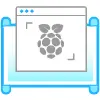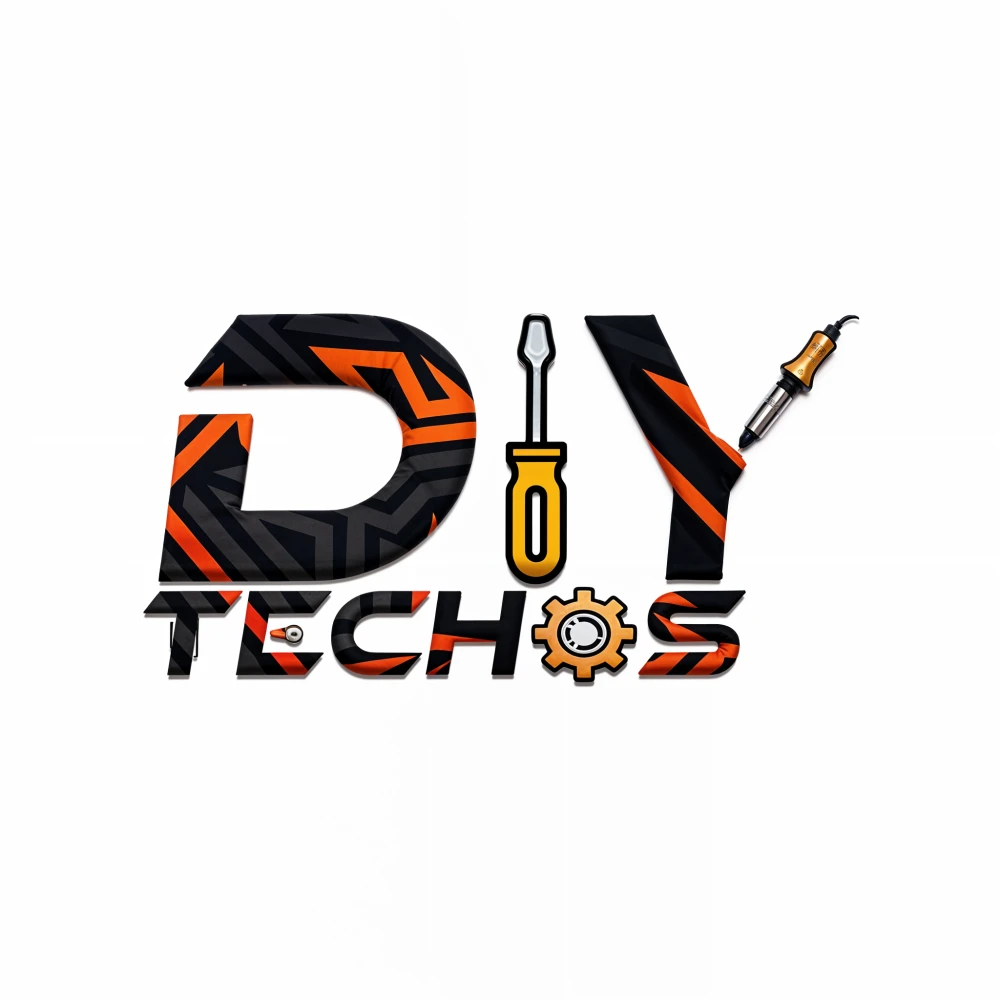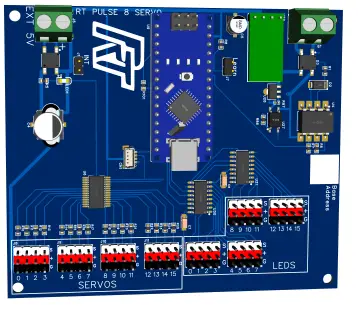Story
RS232 to RS485
The RS-485 standard allows reliable communications at distances up to 1200 m, using relatively inexpensive cables and transmission
differential.
The RS232 / 485 converter is used to connect a network of controllers to the computer's COM port.
The RS-485 port has a way of screwing the twisted cable.
The converter has on-board power supply of 5V / 100mA max, from an external 12V source.
If the converter is terminal equipment in the RS485 network, on-board bias resistors can be used and
RS485 network terminator.
RS232 standard
It is the best known and used standard for asynchronous serial communication.
The interface allows bidirectional serial communication between two devices and is symmetrical at both ends of the line.
The main specifications of the RS232 standard refer to:
- transmission mode: asynchronous, bidirectional serial (on two separate data lines)
- coding of binary information: by voltage or current levels (current loop):
1 logic - (-3V… -15V)
0 logic - (+ 3V… -15V)
- structure of the basic information transmitted:
a start bit (0 logical)
5-8 bits of data
0-1 bit parity (even or odd parity)
1-2 stop bits (1 logic)
RS485 standard
This standard has been designed to extend and improve the possibilities of communication on a serial line, such as:
- increase of the maximum communication distance (approx. 1 Km)
- increase immunity to noise
- the possibility of multi-point communication (network communication)
- use of a cheap communication environment.
This protocol specifies the following:
- a section of twisted two-wire cable is used, which has terminating ends (resistors) at both ends; both lines are
uses for transmission, there is no ground wire.
- the coding of the binary data is done by positive and negative differential voltages measured on the two lines of the section;
the minimum differential voltage considered valid once is ± 200 mV.
- the emission circuits connected on the same section have tri-state type outputs, in order to allow multiple access of several
equipment, on the same communication section; access is multiplexed over time
The Protocol shall not specify the structure of the data transmitted, data flow control mechanisms or data detection mechanisms.
errors. These can be taken from other serial communication standards (RS232, SDLC / HDLC) or can be defined by the user.
This protocol is used as a support for a number of protocols for industrial networks (eg CAN, Profibus).
Note: I am not the original author of this circuit, I just drew it.
Source: https://www.electronics-lab.com/project/rs232-to-rs485-module/














































